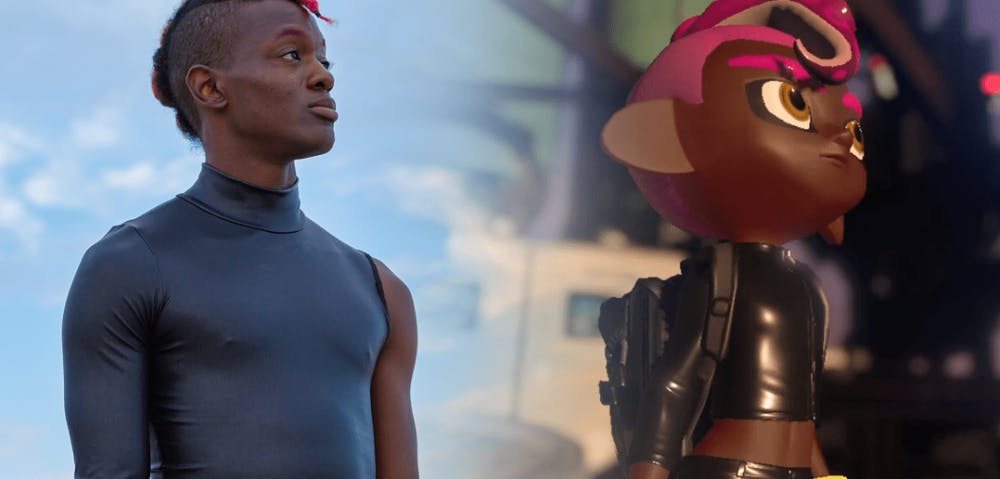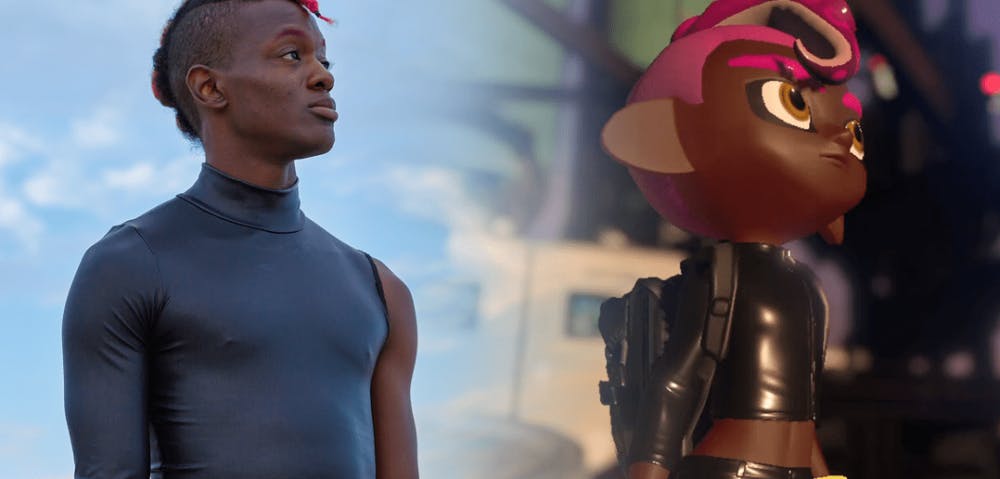The opinions and views expressed in this article are those of the author and do not reflect the opinion of Byte or Byte’s editorial board.
A few months ago, when researching gender norms in clothing, I discovered we tend to value feminine qualities less than masculine ones. We are much more accepting of girls, for instance, who wear “boy shorts” or blazers than we are of boys who wear leggings or crop tops. Since social progress is important to me, I think we need to value both our feminine and masculine sides equally. Oddly enough, a video game from Nintendo provides inspiration.
In Splatoon 2 you play as an Inkling, a humanoid squid, who shoots various bright-colored inks around various beautiful environments. While playing as an Octoling, a humanoid octopus, I fell in love with the game—but not because of the action, visuals, or story. Regardless of what gender you choose, your Octoling wears a black, skin-tight outfit that reveals part of your midsection.
This clothing option shocked me. I repeatedly made sure this was an option for my male Octoling because a skintight midsection-revealing outfit is considered feminine by our standards. Regardless of my character’s gender, I was also able to wear two other set of gear—one that that comes with a gray crop top and another with a pink baggy hoodie.

The gears shown above help display the feminine side of characters, regardless of their gender. Screenshot from 'Splatoon 2.' Design by T.t. Shinkan.
These clothing additions made me realize how willingly Splatoon embraces femininity. Other than their build and slight differences in running and win/loss animations, all characters behave similarly and wear in similar fashion regardless of gender.
When switching between being an Inkling and Octoling, for example, the characters all stand with a hand on their hip. They also sway their hips while standing idle in the lobby or a shop. They’re even overtly expressive with their actions. All of these tend to be seen as feminine.

Regardless of gender, all Inklings and Octolings display feminine qualities, like standing with more weight one one side and a hand on a hip. Screenshot from 'Splatoon 2.'
Most games like Splatoon 2 are not designed with these feminine concepts in mind. But that’s because unlike most shooters, the women have the spotlight in the series. Back in 2015, Keisuke Nishimori, a designer for the series said “it’s rare to have a girl lead in a Nintendo title and also having a strong and active female may make it easier [for games]to become accepted overseas,” in an interview with Famitsu regarding the first game. “The design was centered on the girl at first, and then the design of a boy was thought of in comparison.” This explains Inkling and Octoling boys still carry feminine aspects with them.
So why is this important? Because it demonstrates that you can express gender in different ways.
Renee Clear, Journalism Graphics professor at Ball State, said having gender expression options allows players to be more personally invested in their character. “It’s the stances that are subtly nonverbal that are seen as an expression of the soft side of the personality or an open empathetic side of the personality,” she said. “And therefore we interpret that as femininity.” In comparison, most games would have characters either in a neutral stance or one that complies with gender norms. But overall, not many game franchises embrace different aspects of gender expression.
Clear said she hopes traits that are seen in the Splatoon series help more gamers embrace or at least appreciate and accept femininity in gaming. “It’s going to allow people to not just be binary, to not just be aggressive male versus sexy or wimpy female,” she said. “I think you’re going to be able to see empowered females or empathetic males.”

My Octoling from the 'Splatoon' series helps me make the case for embracing feminine qualities. Photo by Kyle Crawford. Screenshot from ‘Splatoon 2.’
And seeing men who are empathic and women who are empowered would show that femininity is just as important as masculinity.
So with that, I encourage anyone reading this to support a hint of femininity in their daily lives — from the clothes you wear to how you show emotion. Hey, and you might even welcome non-binary characters the next time you pick up your controller. “The more we see this kind of representation in game, the more people aren’t even going to think twice about it,” Clear said. “That means it’s going to open up a whole new level of being able to be subtle in our characters.”
And just like the Octolings, we want to live our lives in peace regardless of our differences.
Images: Splatoon 2
Photography: Kyle Crawford




















